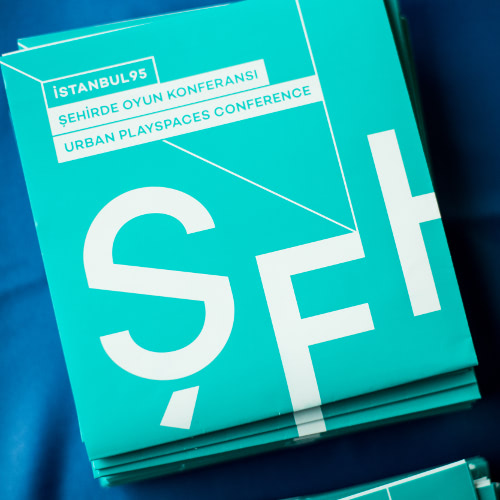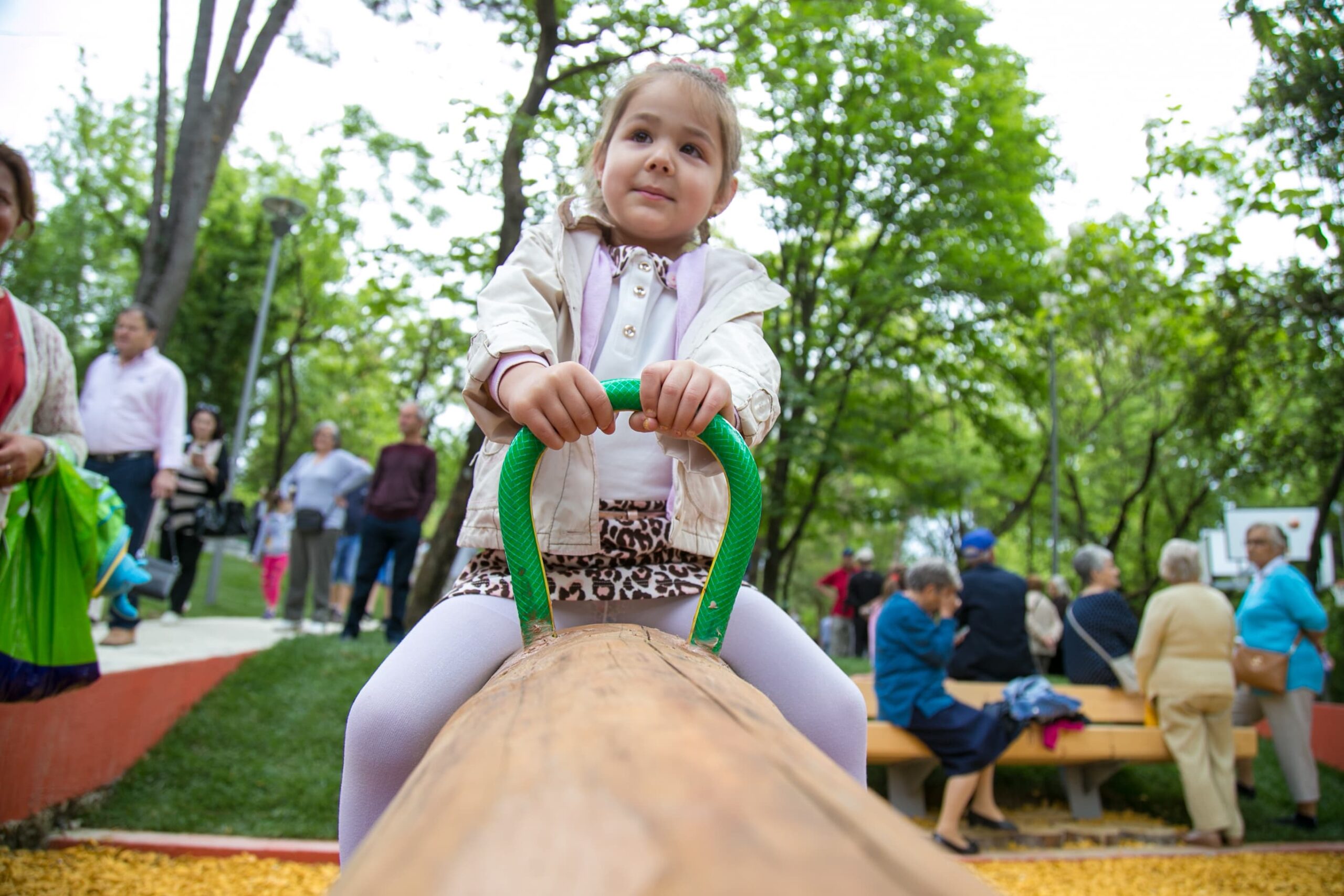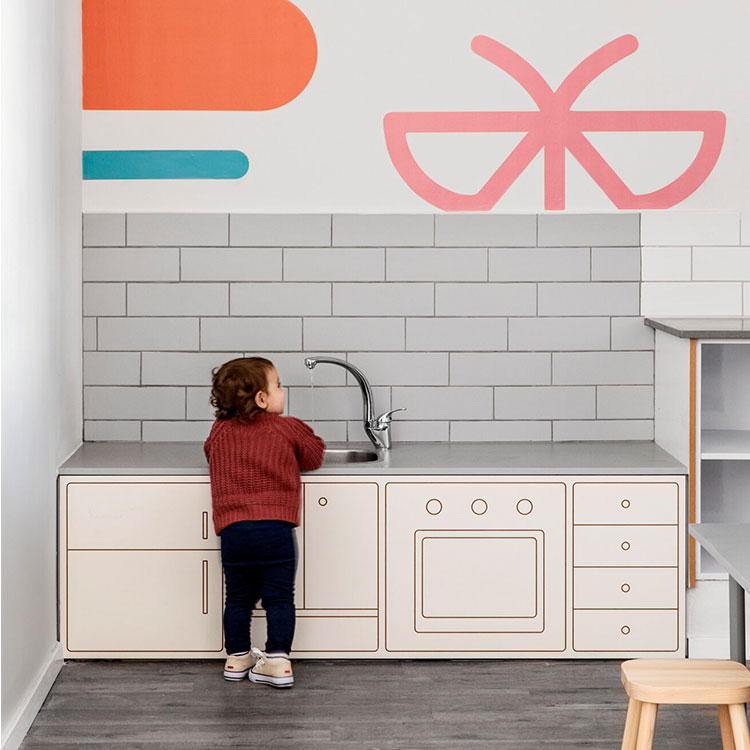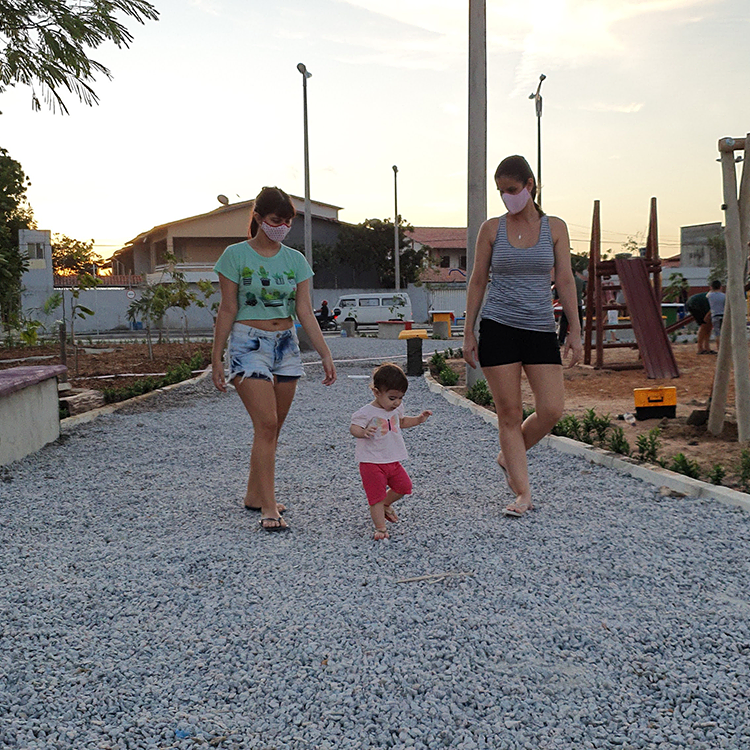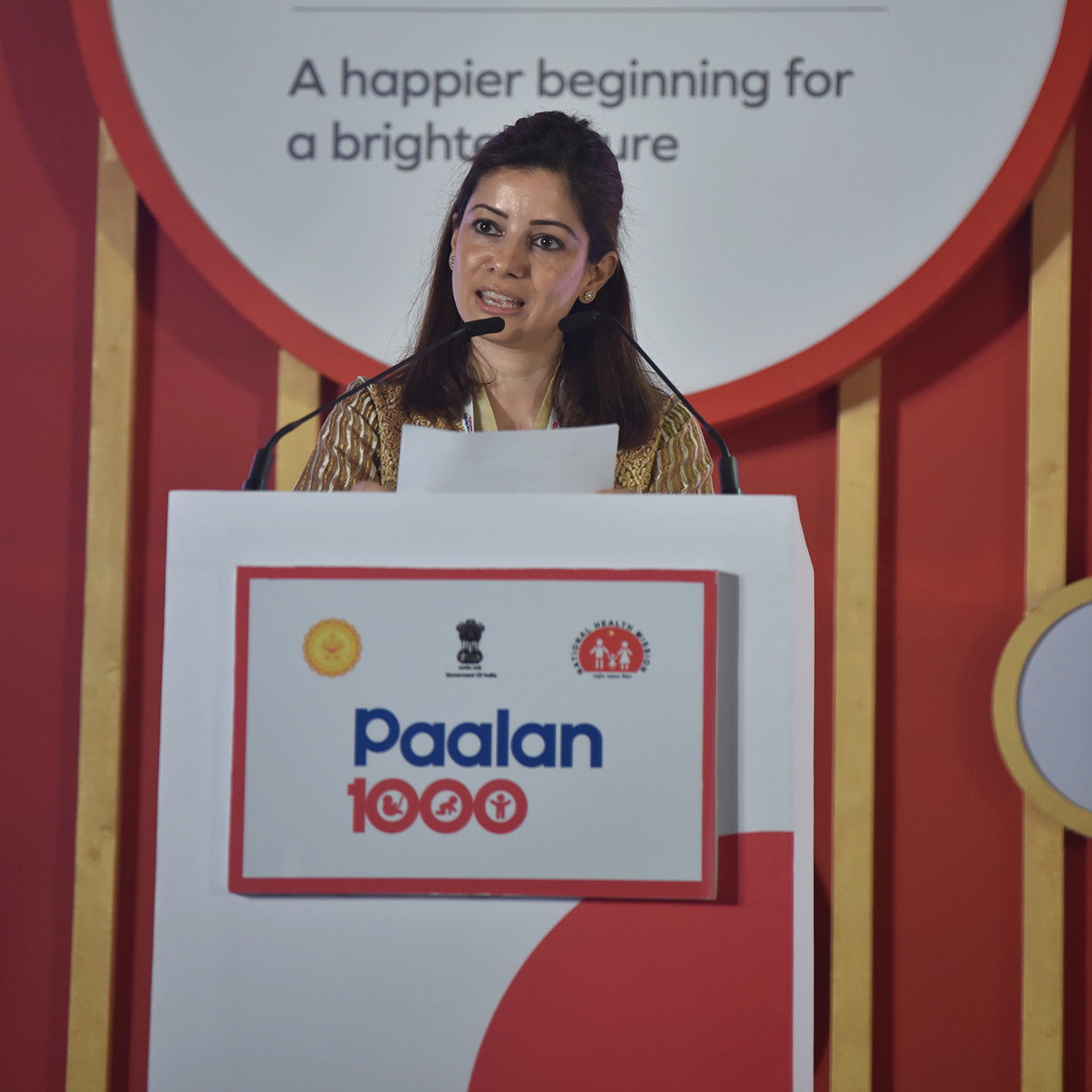On 21-22 September 2018, artists, politicians, architects, and academics got together to discuss how to make space for children to play in the city during the Istanbul95 Urban Playspaces Conference. While the Bernard van Leer Foundation has organised other Urban95 roundtables, workshops and study tours, the Istanbul95 Urban Playspaces Conference was the first large public Urban95 conference globally. Organised by Studio-X Istanbul, international experts as well as local policy makers, practitioners and academics filled the largest lecture hall of the Kadir Has University with an interested and critical crowd for the length of the two-day event.
There was large interest from different sectors of media covering various parts of the conference. Mainstream Turkish news sites, such as T24 and Dipnot, ran stories about Istanbul95 and there was coverage on large architecture- and culture-related news sites, such as XXI and Arkitera.
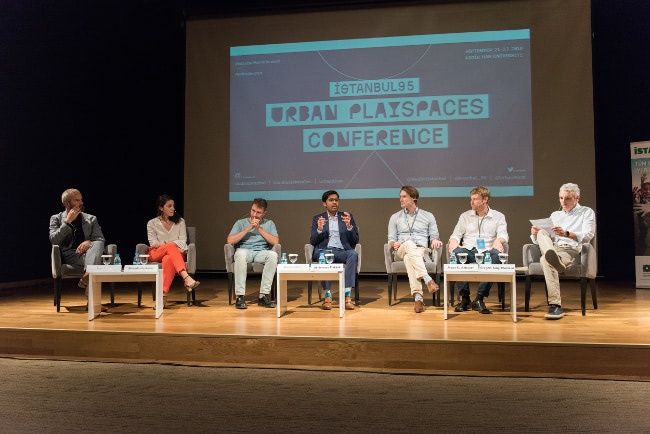
Photo: Courtesy of PINAR GEDiK
A pre-conference workshop was organised to discuss with the conference speakers the content and methodology of an Urban95 Master of Arts programme that is to be launched in January 2019. The programme, as part of the partnership between BvLF and Kadir Has University, is planned to be a three-semester, non-thesis standalone Master of Arts programme under the Institute of Social Sciences. It will mainly target municipal staff and others interested in developing programmes, services and infrastructure at city level for young children and their caregivers. The MA programme will be the first graduate-level academic programme that will focus on combining early childhood and urban issues in Turkey.
Conference participants were asked to provide feedback on the methodology and content of the programme. Among comments and contributions received some of the main issues underlined were combining and familiarising students with the different vocabularies of urban studies and early childhood, promoting tactical urbanism to experience, experiment and evaluate, and providing good and failed examples of intervention projects. One idea from the participants was to create the space for participants to play with cardboard and let them develop and create their own toys.
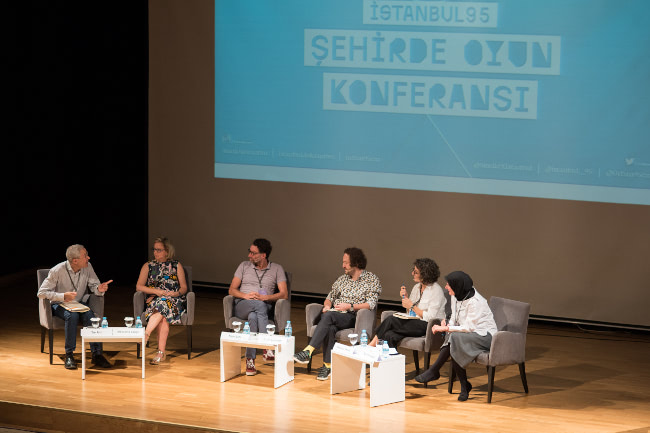
Photo: Courtesy of PINAR GEDiK
The conference was opened by the Rector of the host university, Kadir Has, a key academic partner of the Istanbul95 programme. The keynote speakers were Gill Penalosa (founder and chair of 8 80 Cities), Tim Gill (independent play scholar and consultant) and Cecilia Vaca Jones (Programme Director of the Bernard van Leer Foundation).
Tim Gill started by opening our eyes to the detrimental effect of over-protective caregivers, shielding children from encountering risks in their everyday experiences. How would it impact the behaviour of a 17-year-old child if they haven’t been able to self-assess risks and determine their response from a young age? (You can access Tim Gill’s report on risk here).
Cecilia Vaca Jones took us through the early stages of life and how the environment in which a child grows up can change the development of their brain architecture, impacting the foundation of all future behaviour and learning.
Other speakers included Elvanda Myshketa and Simon Battisti, who shared their experiences of working with the city of Tirana to develop designs that incorporate the needs of children, and discussed guidelines and practice. From the outset their work has incorporated the need for concepts to be scalable and replicable across the entire city.
Elger Blitz (founder of Carve Architects) discussed his work on designing parks and plazas that are exciting for children of all ages and even for adults, appealing to their desire for challenge and accomplishment. A public space that is friendly for children also incorporates the needs of caregivers, the elderly and other groups so as to make it a central part of the community. Jens Aerts from UNICEF presented his report and approach on urban design and children.
One takeaway from the conference is the need for structural interaction and communication between academics around urban challenges for children, caregivers and pregnant women. There is currently no platform to exchange ideas, research findings and concepts.
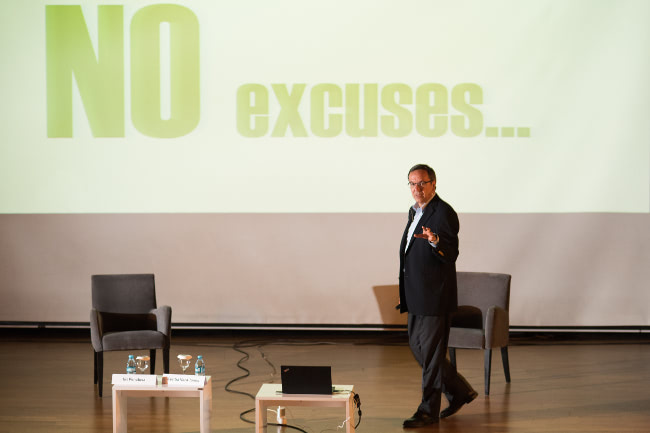
Photo: Courtesy of PINAR GEDiK
Gill Penalosa ended the conference with an inspiring address on how cities can become better places to grow up and live for everyone, from children of 8 months to children of 8 years to 80-year olds. We should be able to assess ‘liveability’ of cities from the perspective of citizens from youngest to the eldest. Penalosa shared stories from many cities around the world that started caring for playspaces and children. The key takeaway is that it is not rocket-science to design a pleasant city. All cities can do this and transform themselves. You don’t need to be Copenhagen to be able to pull this off.
However, the conference presenters and audience drew attention to the large and difficult gap between pilots and policy. There are plenty of good practice examples from all over the world and from almost every city. It usually takes a very short time for decision makers to accept the need to think about their cities from the perspective of young children and caregivers. But what standards or guidelines do city officials need to jump from examples to standardized practices and scale services and infrastructure to their streets, neighbourhoods, districts and cities? Urban95 will continue to work to provide better answers to this question.
All recordings from the conference can be viewed here.
Authors: Ardan Kockelkoren and Yigit Aksakoglu
